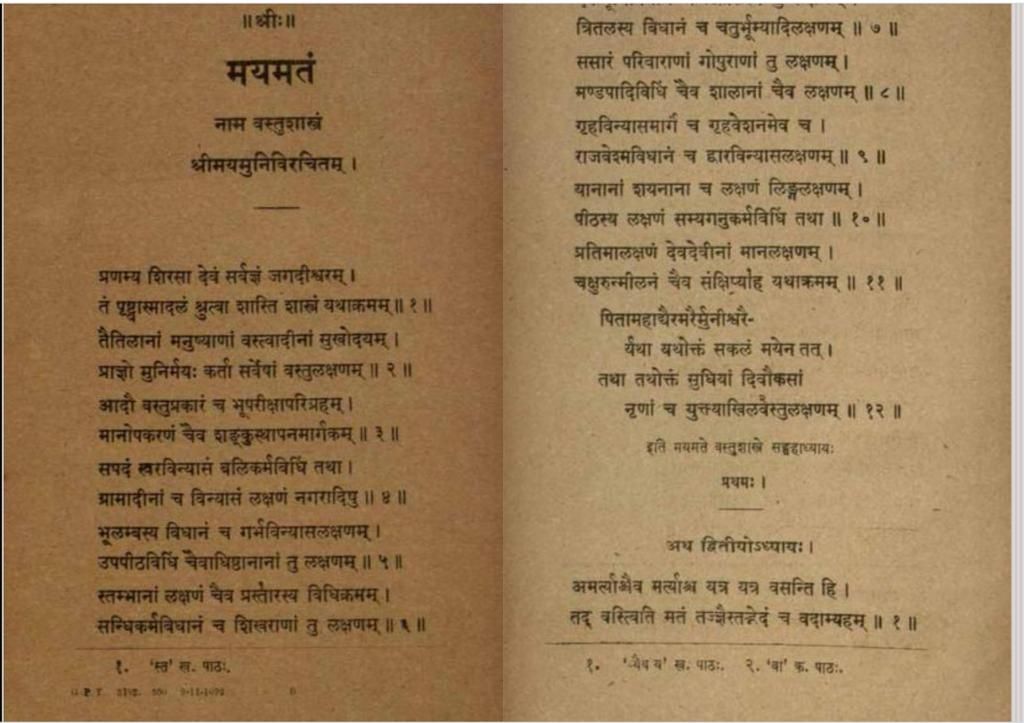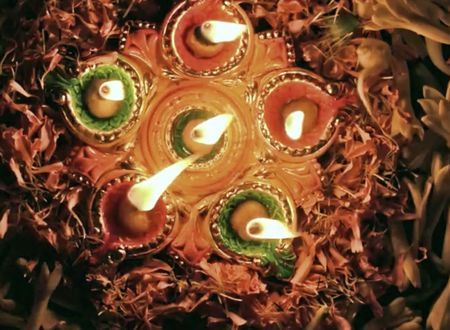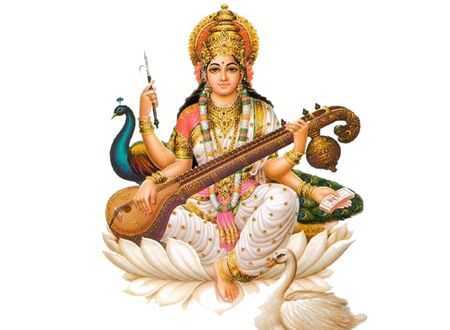One of the most profound scriptures of Vastu Science
It is said that we have about 2500 scriptures in Vastu shastra alone. Different sages wrote every scripture at different time periods. As of now, about 250 scriptures are available at different temples, libraries across India. As we know our Universities were burnt and we lost our books at the hands of invaders. These invasions costed us dearly. We lost our core system of education, The Gurukul System. In the ancient days, every student would pursue his interest in a subject from the age of 13. Till the age of 12 education was the same for all. They would start at the tender age of 5. In Vedic tradition, the earlier the better, as mind patterns are formed easily during childhood. It is said that the Gurukul system of education was as per our chakra system. Sahasrara is the last chakra to be formed at the age of 12, so that’s how the ancient system worked.
Till the scriptures were prevalent, we were golden birds. But after the invasions, we lost quite a bit (it’s an understatement). And thanks to Macaulay, a British, in 1858, we lost our core education system, The Gurukul.
My journey with Vastu shastras started at the age of 35. I had lost my factory to my partner with hefty losses. Even after showing it to the Vastu experts before installation, things went wrong terribly. Every consultant gave their own opinions. That’s when I realized Vastu is an ancient science, when jeera is jeera in Ayurveda and suryanamaskar is suryanamaskar in Hatha Yoga, how can Vastu have different cultural viewpoints? That’s when I started looking for the right knowledge. And by Gods’ grace, I was connected to my Vastu guru, Dr. Shiv Prasad Verma, who taught me about this beautiful science. As Swamiji mentioned in his video, if Vastu is done as per scripture, then it’s real Vastu science.
While doing my regular learning (yes, I still do my homework under my Vastu teacher), I was highly influenced by my teachers’ pdf and quiz on Mayamat. This is an important and comprehensive treatise on ancient architecture. It is also been quoted as an authority for architecture by many authors.
He did this to make sure we studied the course material well. It was in Hindi, so I wrote my version in English. It’s a profound and beautiful Granth written by sage Maya, maybe in Dvapara yuga. It is said that Indraprastha was built by Architect Vishwakarmaji, and inside this city was a palace for the Pandavas built by sage Maya. It’s also called Mayanagri because it was full of illusions. Maya means illusion, after all.
I am a Jain but a staunch believer of Santana Dharma and its scriptures. I believe in philosophy and not in religion, per se.
Let’s start with Mayamat:
It has 36 chapters. Details of each chapter are as below:
Chapter number-Name in Hindi- details
- Sangraha adhaya- details of each chapter and topics covered under this scripture.
- Vastuprakaar- scope of vastu and details of land, structure, vehicles, and furniture etc.
- Bhumi ki Pariksha- procedure to test the land.
- Bhumi Adigrahan- purification of the land techniques in detail.
- Maap ke upakaran- unit of measurement like ungal, hasta, danda with rope. Characteristics of a Vastu consultant.
- Disha gyan ki vidhi- knowing the precise direction with the help of Shanku. Sun movement is the basis for this technique.
- Padvinyas- the land is divided into different cells, these cells represent different energy of the land. All the details regarding planning, offerings, and details of sensitive points are also given in this chapter.
- Balikram- havan or fire oblation of each energy point.
- Graam Vinyas- division of a small town and aayadi formulae.
- Nagar Niyojan- Nagar is bigger than the graam. How to do the planning of a city is what we find in this chapter.
- Bhavan ki lambai, chaoudai and uchai ka Nirdhaaran- Length, width, and height details of the home as per the usage.
- Garbhavinyas- garbh is womb, vinyas is procedure. This procedure is done under the earth to energize the land, home, furniture. Positive items are placed as per the cells and the creation of Manjusha is explained very well here.
- Upapeeth ke lakshan- Upapeeth is one step below the base of the home, which lies above the land. As per the usage of the home, upapeeth is designed, for temples upapeeth is as per the idol of the temple.
- Adhishthan- Base or the foundation of the house. The whole house stands on this. We always make the foundation as per the height of the house. Different names have been attributed as per the usage.
- Sthambha- Pillar or columns details as per the usage. Cross-section of each pillar is explained here.
- Prastar- above the column is what we find a capital bracket. Prasatar is a capital bracket that is decorated as per the usage.
- Sandhikarm- how to join wooden pieces is what you will find here.
- Bhavan ke Anga- this chapter talks about the shikhar (vertex) or other parts of the structure.
chapter 18 to 21- these chapters talk about constructing a structure from single-storeyed to 12 storeyed. - multi-storeyed
- multi-storeyed
- multi-storeyed
- Parkota- Boundary wall details.
- Parivaar vidhaan- details of the family of each god for placement in the temple, in their direction.
- Gopur- entrances of temples, forts, and cities are of a special type. Entrances can be from 1 to 7 storeyed. How to make such grand entrances is what we find in this chapter.
- Mandap- for each occasion, specific pavilions have been mentioned in scriptures.
- Shaals- ekshaal, dvishaal, trishaal and chuturshaal.. planning for each direction is given in details in ch 26 n 27.
- Shaals- details on the bathing room, living room etc.
- Griha Pravesh- house warming.
- Rajmahal Vidhaan- the making of a palace.
- Dvar vidhaan- Entrance details.
- Vahaan- Vehicles to travel from one place to another like chariots, palanquins.
- Shayya and aasan- beds and seats.
- Linga lakshan- how should be a linga be designed.
- Peeth lakshan- base of the linga is called peeth, this is the aasan of the linga.
- Jirnodvar vidhi- renovation.
- Pratima lakshan- talks about idol worship and its benefits.
These are the details of the chapters of Mayamat granth. This is vastu in a nutshell. Placing rooms in a certain direction is just 5-7% of Vastu. So giving it so much weightage really does not make much sense. People break down so much just to place the kitchen in the southeast or room in the southwest.. ask yourself, is it required! There are many other ways to change the pattern. Vastu is beyond room planning, or facing of the house etc. dear friends, or even keeping water in certain areas, etc… Read the scriptures before you break your structure… most of it is a placebo that works for people.
All remedies are nothing but an attempt to break an existing pattern and make a new one in your life. That’s how our brain works as that’s how it is wired…remember, it’s our mind that ultimately works.

You can read other scriptures translated by us :
The Ancient Science of Vastu-I
The Ancient Science of Vastu-II
The Ancient Science of Vastu-III
Don’t forget to follow me on insta/drjayshreeom











Comments & Discussion
13 COMMENTS
Please login to read members' comments and participate in the discussion.